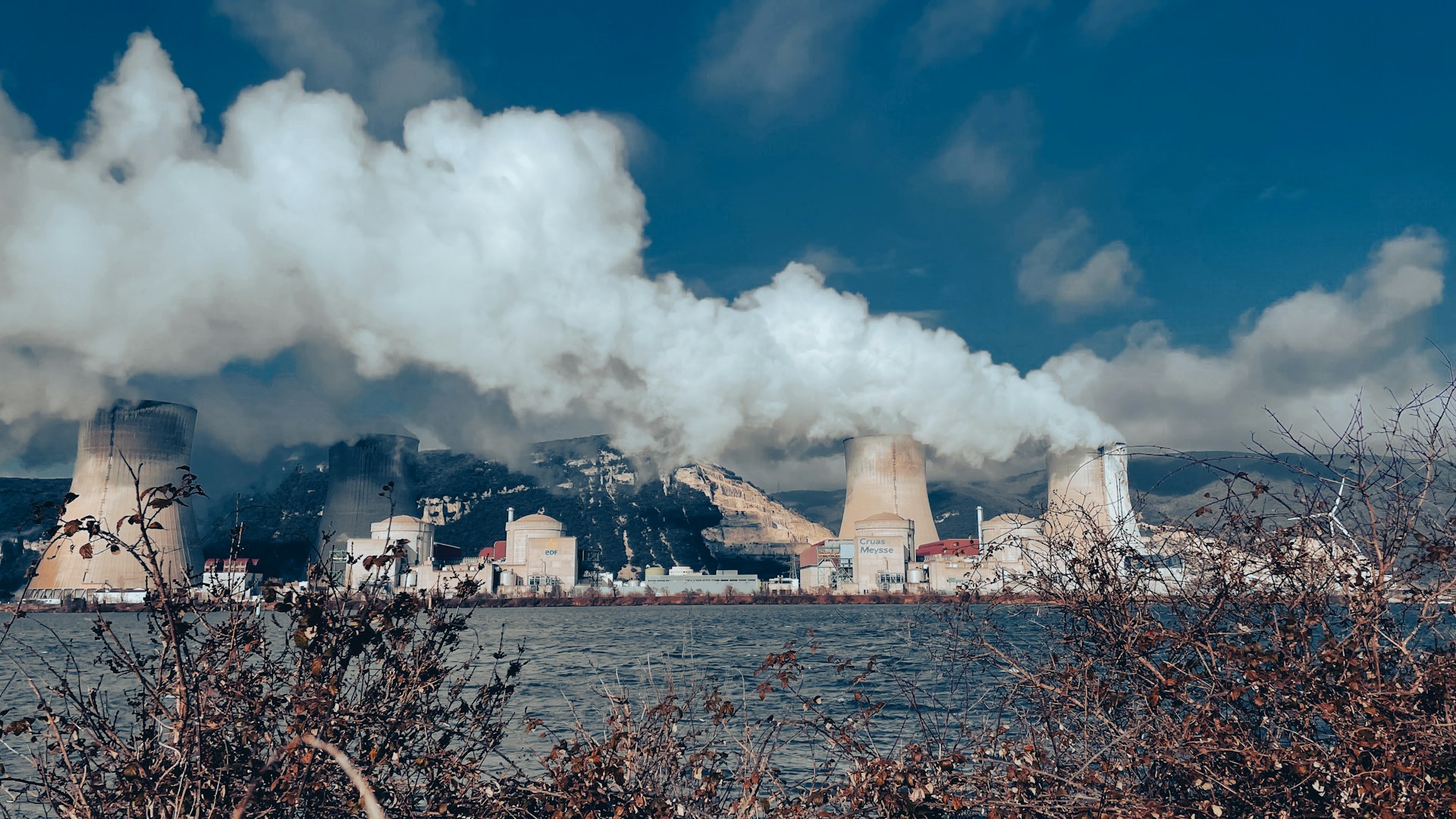The issue of energy supply is just as pressing in the United Kingdom as it is in Germany. With heating bills remaining high, industries calling for more affordable electricity, and the looming 2050 target for climate neutrality, the UK faces a challenging energy transition. The government has committed to ensuring that homes, industry and transport are all carbon-neutral by mid-century.
However, the Labour government believes that renewables alone—primarily wind and solar—will not be enough to meet these ambitious goals. While renewable energy projects are expanding and there is a push to install more heat pumps to reduce electricity consumption in households, the government insists that nuclear power must once again play a major role.
A Return to Nuclear – With a Modern Twist
In the 1990s, nuclear energy accounted for around 25% of Britain’s electricity. In recent years, that figure has dropped to roughly 15%. To reverse this trend, Labour leader Keir Starmer has announced plans to build new nuclear power plants, with a particular focus on small modular reactors (SMRs). These are prefabricated components, built in factories and assembled on-site—an approach likened by Adrian Bull, a professor at the Dalton Nuclear Institute at the University of Manchester, to “nuclear Lego”.
This modular system aims to streamline planning, speed up construction, and ultimately lower the cost of nuclear energy. While the concept promises a more affordable and efficient nuclear future, it remains largely unproven. Starmer has expressed his intention to position the UK as a global leader in this sector, hoping to turn nuclear technology into a new growth industry.
However, standardised production of these smaller reactors is still in its early stages worldwide. To get things moving, the British government has invited companies to submit concrete proposals. One of the notable players involved is British engineering giant Rolls-Royce.
Lessons from Hinkley Point C
There is a clear reason why the government is keen to pivot towards SMRs. Recent experiences with large-scale nuclear projects have been far from encouraging. Take Hinkley Point C, currently under construction on the Bristol Channel. This is set to be the UK’s largest nuclear power station and the first to use pressurised water reactor technology in the country.
With a workforce of 12,000, the project is technically complex and has faced repeated delays. Originally estimated to cost around €21 billion, the projected budget has now ballooned to approximately €55 billion. The plant is unlikely to be completed before 2029, according to its French operator EDF.
The Hinkley Point case highlights the challenges of managing vast infrastructure projects, particularly in terms of rising costs and securing investors. These difficulties have only strengthened the argument for shifting focus to smaller, more manageable modular reactors. The government hopes that by reducing the scale and complexity of such projects, companies will be more inclined to invest in the UK’s nuclear future.
